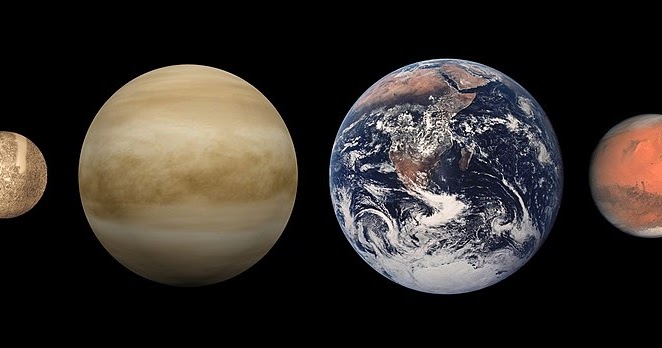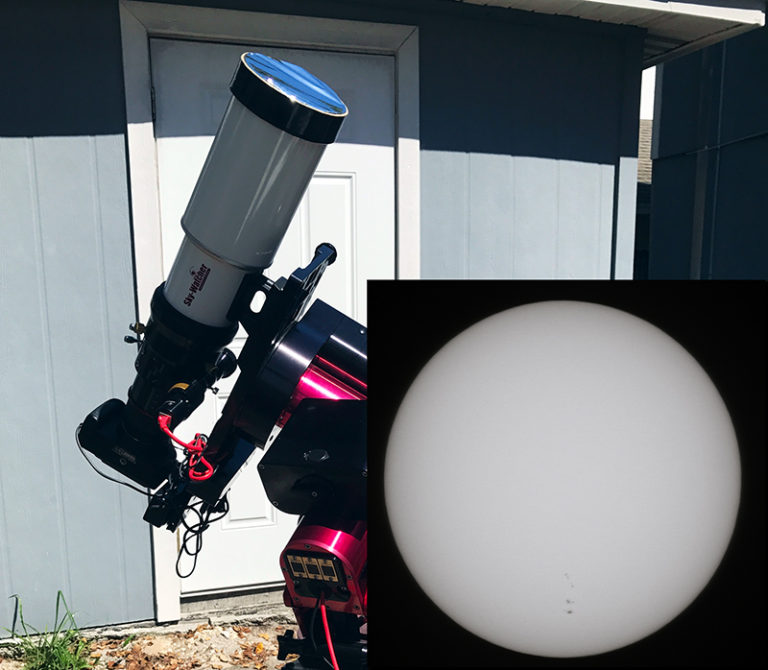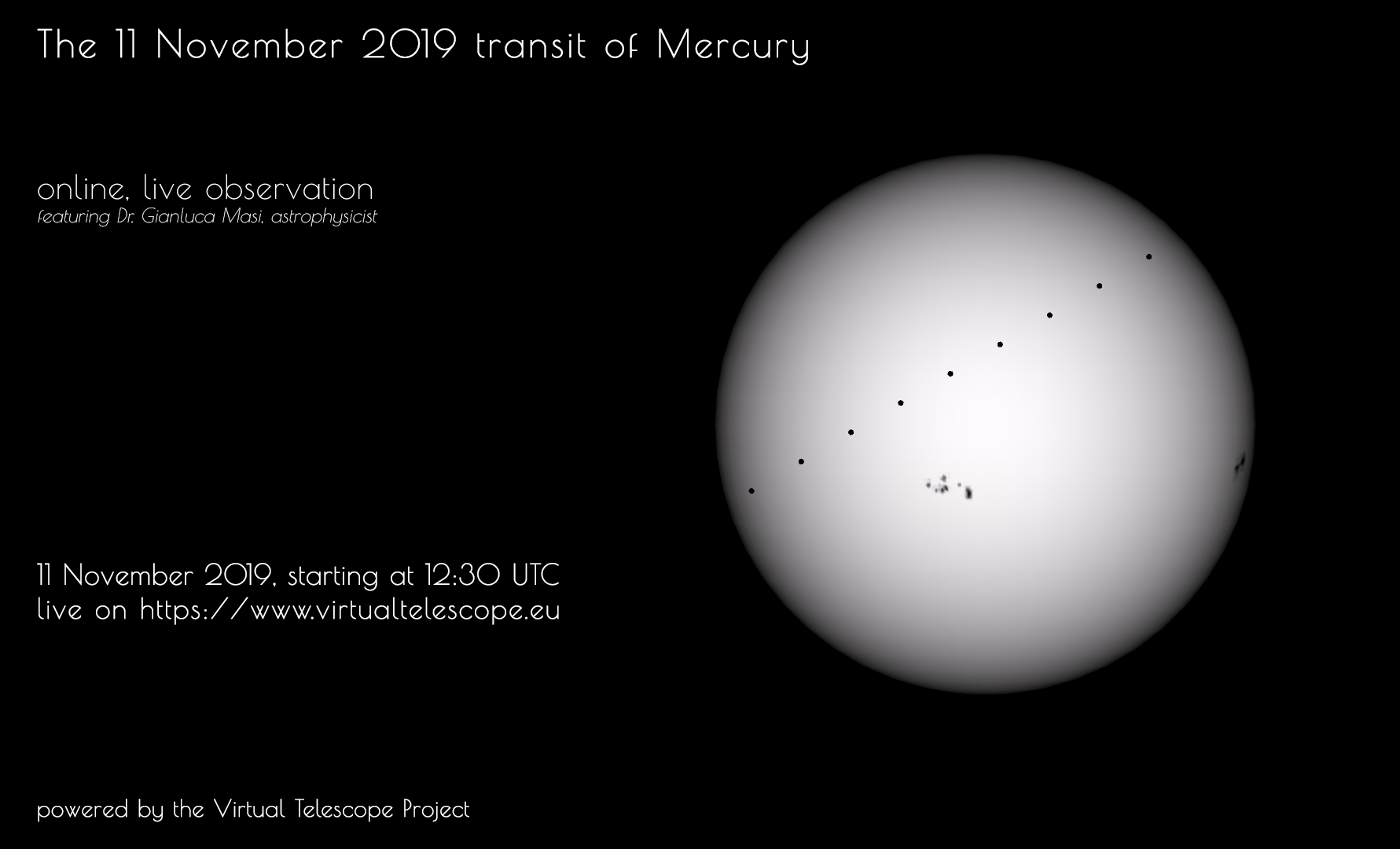

North Americans will have an even longer dry spell to contend with, as they will have to wait until 2049 for the next Mercury transit visible from their part of the globe. No one on Earth will see Mercury cross the sun again until November 2032. The last transit of Venus occurred in 2012, and we won’t see another one until 2117. Venusian transits are even rarer, happening on average only once a century. That orbital configuration means Mercury transits happen just 13 to 14 times a century, with the most recent prior event taking place in 2016. But the planet’s orbit is tilted compared to the plane of Earth’s orbit, so most of the time, the tiny world passes above or below the sun's disk from our line of sight. With its swift 88-day orbit, Mercury passes between Earth and the sun every four months or so. Dark tearsīecause they orbit closer to the sun than Earth, Mercury and Venus are the only planets that can make solar transits from our perspective.

For those on the western coast of the Americas, the transit will already be underway at sunrise, while viewers in most of Africa, Eastern Europe, and the bulk of Asia will still see the transit in progress as the sun sets. That includes the East Coast of North America, as well as South America, western Europe, and far-western Africa.

Weather permitting, the best seats will be in places where the entire transit will happen during daylight hours. ET (15:20 UT), and the transit ends at 1:04 p.m. The planet reaches the midpoint in its journey at 10:20 a.m. This year, Mercury will take about five and a half hours to complete its trek, making first contact with the disk at 7:35 a.m. Find out the reason behind its incredible speed, if it is indeed the hottest planet in the Solar System, and why the smallest planet in the solar system is slowly shrinking. The planet Mercury is named after the messenger of the Roman gods because of its fleeting nature across the sky.


 0 kommentar(er)
0 kommentar(er)
